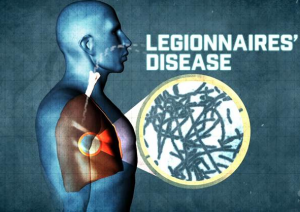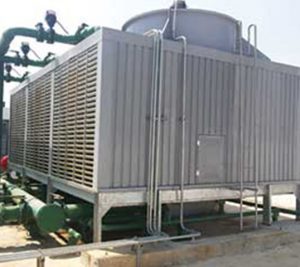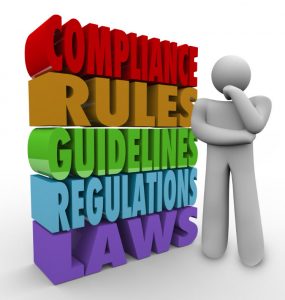Are you confused on the differences between NYC and NYS Legionella Prevention Regulations? Read this!
Since the major Legionella outbreak occurred in the Bronx during the summer of 2015, both New York State and New York City have enacted regulations that deal with Legionella-prevention in cooling towers, which include evaporative coolers. The regulations overlap a great deal; however, they are not identical. 
All cooling towers in New York State fall under the New York State Department of Health (NYSDOH) Legionella rule (section 225 (5)(a) of the NY State Public Health Law, Part 4 of Title 10). Cooling towers in New York City fall under two regulations: New York City Local Law 77 of 2015 and the New York City Chapter 8 rules.
What requirements do these regulations have in common?
- Preparation of a Legionella-prevention Maintenance Program and Plan. This includes a system description, possible sources of contamination, emergency response procedures, etc.
- Inspections of cooling towers and bacterial culture sampling for Legionella every 90 days during cooling system operation.

- Cooling towers must be cleaned at least once per year.
- An end-of-season certification that all activities were consistent with regulations and proper industry protocol.
- Whenever shut down for 5 days or more, cooling towers must be cleaned and sampled.
- Cooling towers must be registered with local and state agencies.
 So, what are the differences?
So, what are the differences?
The New York City regulations are more comprehensive than those from the State; in other words, everything that is covered in the State is covered in the City, plus more!
The following requirements are unique to all cooling towers found in the City:
- Weekly microbial monitoring using a dip slide or similar technology (State only requires monthly).
- Daily, automatic chemical treatment of tower water.

- Installation of drift eliminators on all towers.
- Cooling towers must be cleaned at least twice per year.
- A New York City Department of Buildings (NYCDOB) placard must be affixed to each tower showing registration number.
- When replacement of parts is required, new materials used must be corrosion- and sunlight- resistant.
Walden Environmental Engineering has been involved in Legionella-prevention since the onset of the New York City and New York State regulations, from preparing Maintenance Program and Plan documents to performing field inspection and sampling services. Please give us a call at (516) 624-7200 or email us to discuss how we can help you!
